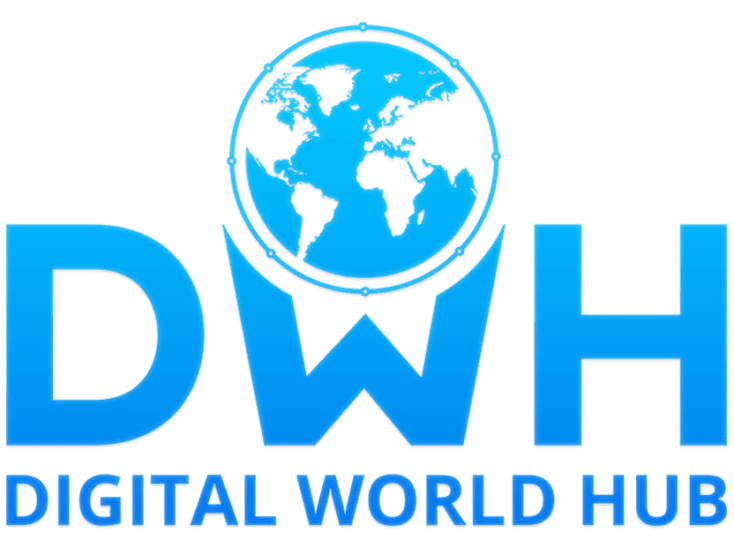Table of Contents
The Google company was launched in 1998 by Larry Page and Sergey Brin to market Google Search, which has become the most widely used web-based search engine. Page and Brin, students at Stanford University in California, developed a search algorithm at first known as “BackRub” – in 1996. The search engine soon proved successful and the expanding company moved several times, finally settling at Mountain View in 2003. Today We explain about World best search engine “Google”.

At The First
Brin and Page, who met as graduate students at Stanford University, were intrigued with the idea of extracting meaning from the mass of data accumulating on the Internet. They began working from Page’s dormitory room at Stanford to devise a new type of search technology, which they dubbed BackRub. The key was to leverage Web users’ own ranking abilities by tracking each Web site’s “backing links”—that is, the number of other pages linked to them. Most search engines simply returned a list of Web sites ranked by how often a search phrase appeared on them.

Brin and Page incorporated into the search function the number of links each Web site had; i.e., a Web site with thousands of links would logically be more valuable than one with just a few links, and the search engine thus would place the heavily linked site higher on a list of possibilities. Further, a link from a heavily linked Web site would be a more valuable “vote” than one from a more obscure Web site.
At The Mid
In mid-1998 Brin and Page began receiving outside financing (one of their first investors was Andy Bechtolsheim, a co-founder of Sun Microsystems, Inc.). They ultimately raised about $1 million from investors, family, and friends and set up shop in Menlo Park, California, under the name Google, which was derived from a misspelling of Page’s original planned name, googol. By mid-1999, when Google received a $25 million round of venture capital funding, it was processing 500,000 queries per day. Activity began to explode in 2000, when Google became the client search engine for one of the Web’s most popular sites, Yahoo!. By 2004, when Yahoo! dispensed with Google’s services, users were searching on Google 200 million times a day.

That growth only continued: by the end of 2011 Google was handling some three billion searches per day. The company’s name became so ubiquitous that it entered the lexicon as a verb: to google became a common expression for searching the Internet.
Chief Executive Officer
The extraordinary growth of Google led to internal management problems. Almost from the beginning, investors felt that Brin and Page needed an experienced manager at the helm, and in 2001 they agreed to hire Eric Schmidt as chairman and chief executive officer (CEO) of the company. Schmidt, who previously had held the same positions at the software company Novell Inc., had a doctorate in computer science and melded well with the technocratic impulses of the founders. During Schmidt’s reign as CEO, Page served as president of products, and Brin was president of technology. The trio ran the company as a “triumvirate” until Page took on the CEO role in 2011, Schmidt became executive chairman, and Brin adopted the title of director of special projects.

The company’s initial public offering (IPO) in 2004 raised $1.66 billion for the company and made Brin and Page instant billionaires. In fact, the IPO created 7 billionaires and 900 millionaires from the early stockholders. The stock offering also made news because of the unusual way it was handled. Shares were sold in a public auction intended to put the average investor on an equal footing with financial industry professionals. Google was added to Standard and Poor’s 500 (S&P 500) stock index in 2006. In 2012 Google’s market capitalization made it one of the largest American companies not in the Dow Jones Industrial Average.
Sundar Pichai
Google reorganized itself in August 2015 to become a subsidiary of the holding company Alphabet Inc. Internet search, advertising, apps, and maps, as well as the mobile operating system Android and the video-sharing site YouTube, remained under Google.

Separate Google ventures—such as longevity research company Calico, home-products company Nest, and research lab Google X—became separate firms under Alphabet. Page became CEO of Alphabet, Brin its president, and Schmidt its executive chairman. Sundar Pichai, senior vice president of products, became Google’s new CEO.
Advertising
Google’s strong financial results reflected the rapid growth of Internet advertising in general and Google’s popularity in particular. Analysts attributed part of that success to a shift in advertising spending toward the Internet and away from traditional media, including newspapers, magazines, and television.

Services
Google Video and YouTube
Google’s expansion, fueled largely by keyword-based Web advertising, provided it with a sound footing to compete for dominance in new Web services. One of these was the delivery of video content. In January 2005 Google launched Google Video, which enabled individuals to search the close-captioned text from television broadcasts.

Google Earth
In 2004 Google bought Keyhole Inc., which was partially funded by the Central Intelligence Agency’s venture capital arm, In-Q-Tel. Keyhole had developed an online mapping service that Google rebranded in 2005 as Google Earth.

Gmail
In 2004 Google began offering a free Web-based e-mail account to select “beta” testers. The service, known as Gmail, was opened to the general public in 2007 while still officially in its beta stage. One of the main appeals of Gmail was that it gave users an e-mail address that was independent of any particular Internet service provider (ISP). Thus making it easier to maintain a permanent address. In addition, the service offered an unprecedented one gigabyte (one billion bytes) of free e-mail storage space, though users were also presented with advertisements based on keywords that the Google search engine found in their messages.

Google Apps and Chrome
In 2006, in what many in the industry considered the opening salvo in a war with Microsoft, Google introduced Google Apps—application software hosted by Google that runs through users’ Web browsers. The first free programs included Google Calendar (a scheduling program), Google Talk (an instant messaging program), and Google Page Creator (a Web-page-creation program). In order to use these free programs, users viewed advertisements and stored their data on Google’s equipment. This type of deployment, in which both the data and the programs located. Somewhere on the Internet, often called cloud computing.

Google Books
Before Google was even launched as a company. Its founders had worked on digital book projects at Stanford and had always envisioned the day. When Internet users would be able to search content in books. In 2004 the company announced Google Print. And a project with several major libraries around the world. That would begin to make their holdings freely available on the Internet. The company began by scanning public-domain books from the libraries’ collections, using sophisticated equipment. The digital files converted into portable document files (PDF) that were fully searchable, downloadable, and printable. Works still in copyright appeared only in fragmented “snippet” form. In 2005 the company changed the name of the project to Google Books. And about one million books per year were scanned in its initial years of operation. As of 2012, Google had scanned more than 15 million books.

Android operating system
Google’s entry into the lucrative mobile operating system market based on its acquisition in 2005 of Android Inc. Which at that time had not released any products. Two years later Google announced the founding of the Open Handset Alliance. A consortium of dozens of technology and mobile telephone companies, including Intel Corporation, Motorola, Inc. NVIDIA Corporation, Texas Instruments Incorporated, LG Electronics, Inc., Samsung Electronics, Sprint Nextel Corporation, and T-Mobile (Deutsche Telekom). The consortium was created in order to develop and promote Android, a free open-source operating system based on Linux. The first phone to feature the new operating system the T-Mobile G1, released in October 2008. Though Android-based phones really required the more capable third-generation (3G) wireless networks in order to take full advantage of all the system’s features. Such as one-touch Google searches, Google Docs, Google Earth, and Google Street View.

Social networks and Google+
Google was late to recognize the popularity and advertising potential of social networks such as Facebook and Twitter. Its first attempt to create a social network, Google Buzz, started in 2010 and closed less than two years later. Among several problems, the network limited to users who had Gmail accounts. And it created privacy issues by featuring a default setting. That showed a user’s profile to anyone. Even before Google Buzz had shut down, the company launched Google+ in June 2011.

At first to a limited audience and then to anyone. Within a year of its start, the social network service had attracted more than 170 million users. Facebook, by contrast, had taken five years to reach 150 million users.
























